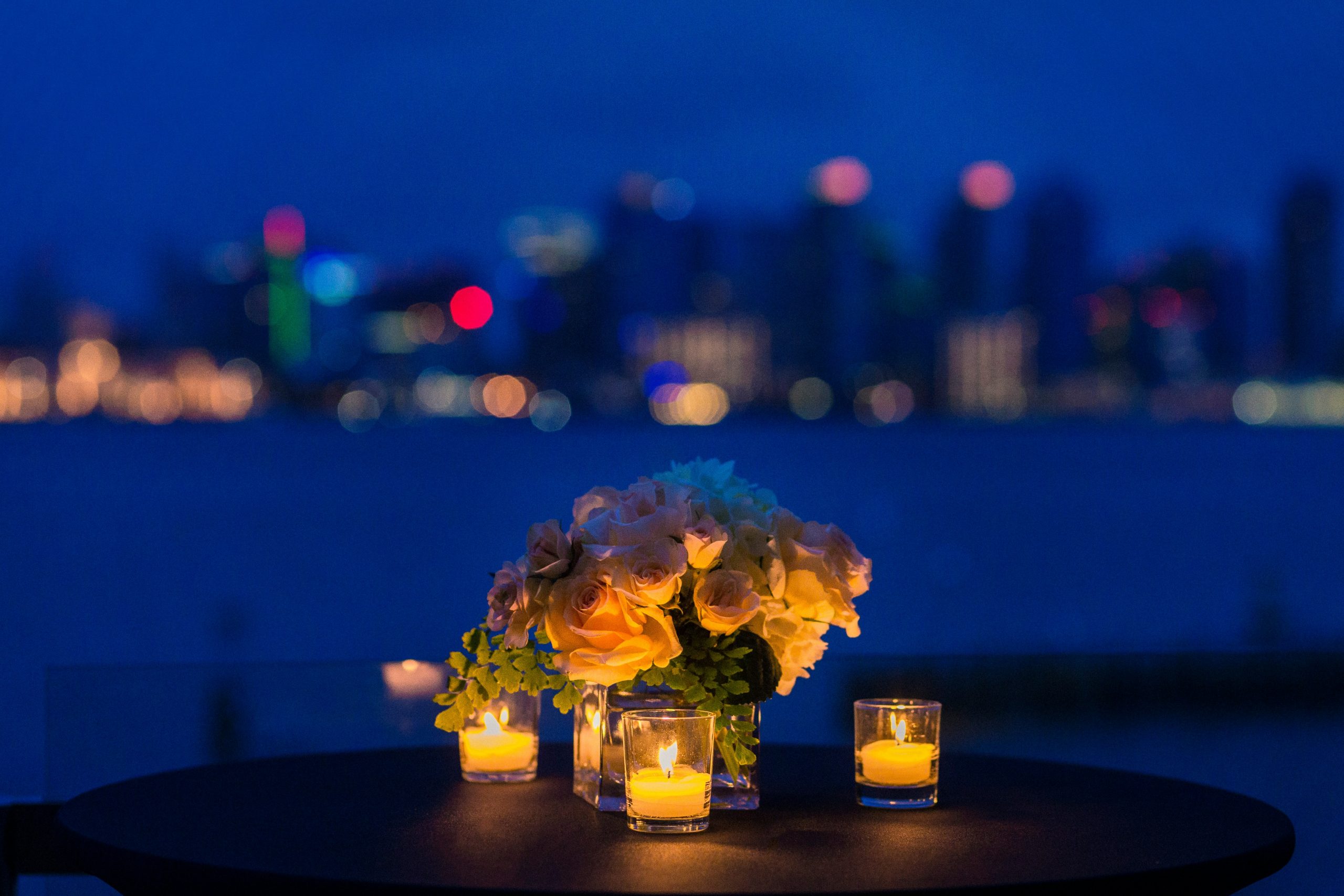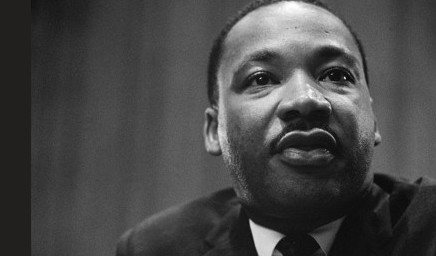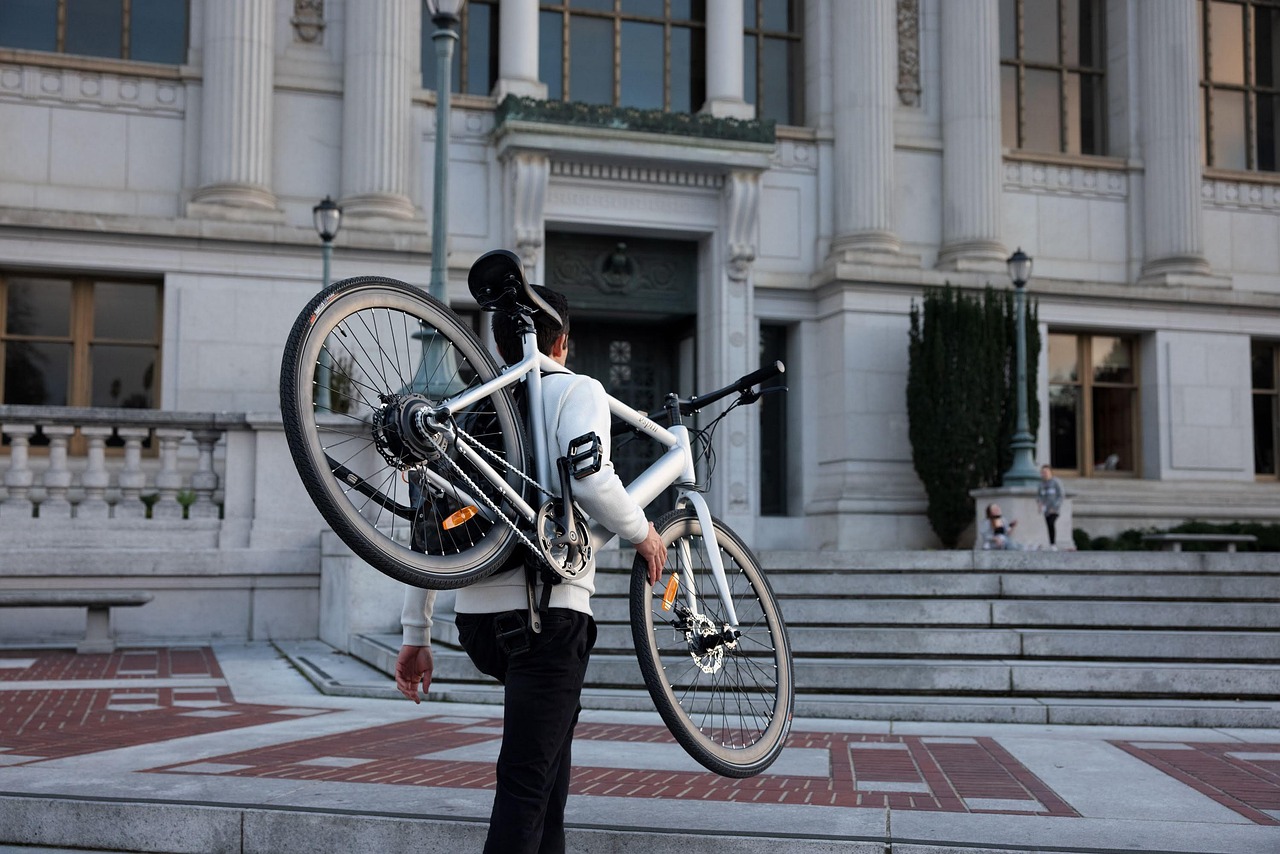In 2025, most people have heard that just 7% of all communication is verbal. The finding that the other 55% of communication is delivered through facial expressions and 38% through tone actually only applies when people talk about attitudes and feelings, and when these signals conflict. The first relevant study introduced a 60/40 ratio, suggesting that facial expressions (60%) take precedence over the tone of voice (40%) when conveying attitudes.
Nonverbal communication is significant regardless of the misconception. Body language experts Allan and Barbara Pease conducted extensive research on sales negotiations starting in the 1970s, which was later published in The Definitive Book of Body Language. Their analysis showed that nonverbal cues played a massive role in the outcome of face-to-face negotiations.
Clothing is a Form of Nonverbal Communication
Choosing what to wear on a first date often feels like a high-stakes decision because, whether we realize it or not, clothing is a form of nonverbal communication. It’s the first impression before a word is spoken, signaling personality, style, effort, and sometimes even values. We worry that the wrong choice might send the wrong message: too formal could seem stiff, too casual might appear uninterested, and overly trendy could come off as trying too hard. Underneath it all is the desire to be seen, accepted, and appreciated, and we hope our outfit reflects the best version of ourselves.
The real reason we agonize over what to wear lies in the vulnerability of dating itself. A first date is full of unknowns, and clothing is one of the few things we can control. That outfit becomes a kind of emotional armor, a way to boost confidence and reduce anxiety. We’re not just dressing for another person; we’re dressing to feel comfortable in our own skin in a new social setting. Ultimately, the outfit is a stand-in for much bigger questions: Will they like me for who I am? Do I want to keep seeing someone who judges people based on what they wear? Am I judging them based on their clothing? Should I be? And so on.
We also tend to compare ourselves to idealized standards we’ve absorbed through media and culture. Social media feeds, dating app profiles, and celebrity interviews have created a visual culture where aesthetics seem to matter more than genuine connection. This can make people feel like they have to “dress the part” to be considered attractive or worthy. It adds to the pressure of first impressions, especially when the dating landscape feels competitive and image-driven.
Compounding the Agony
Choosing first-date attire is just another source of stress for some hopeful romantics. For example, there is the discomfort of dating as an older person in addition to agonizing over what to wear. Obsessing over age is among the main dating pitfalls for people over 40. 23% of people aged 30-49 and 28% of those aged 50-64 are single. Age is just a number, and you’re the same person you were before, only with a bit more experience and a few more wrinkles. Older people have a great deal of factors working in their favor: a stable job, a good income, and a nice home. It’s no longer taboo to date after a certain age.
Another pitfall is rushing to settle. Some people internalize society’s view that “there isn’t much time left” and “you can’t afford to be so picky after 40.” If anything, you should be choosier than younger people, because you have less time. It’s no good wasting that relatively limited time on the wrong person. Embrace your quirks and seek out someone who embraces them as well.
There’s also the anxiety of venue-appropriate fashion. Is the date at a fancy restaurant, a casual coffee shop, or an outdoor park? Each of these requires a slightly different approach, and striking the right balance between comfort and style can feel like walking a tightrope. A well-planned outfit can show thoughtfulness, respect, and enthusiasm for the date, all of which are nonverbal cues that influence how you’re perceived.
Conclusion
At the heart of the first-date outfit dilemma is a deeper human need: the desire to connect, to be seen, and to make a lasting impression. While clothes alone can’t guarantee chemistry, they can speak volumes about your self-perception, respect for the occasion, and emotional readiness. So, whether you’re reaching for a well-fitted blazer, a breezy sundress, or your favorite pair of sneakers, make sure it feels like you. Because the best outfit you can wear on a first date is confidence—and the comfort of knowing you’re showing up as your most authentic self.
FAQ
Does what you wear on a first date matter?
It depends on your date to some extent. Maybe they care a lot about appearances; maybe not. As a rule of thumb, your attire should reflect your style. Wear your lucky pair of shoes, favorite color, or anything else that makes you feel like you.
What do guys like to see girls in on a first date?
He might appreciate a nice dress as much as a T-shirt and jeans. Wear what suits the venue and makes you feel confident.
What’s the first thing a girl notices about a guy?
A firm handshake, a smile, and his full attention set a positive tone. On the other hand, being late, showing up in unkempt clothing, and giving a phone too much attention are red flags.





